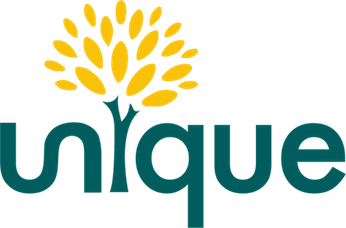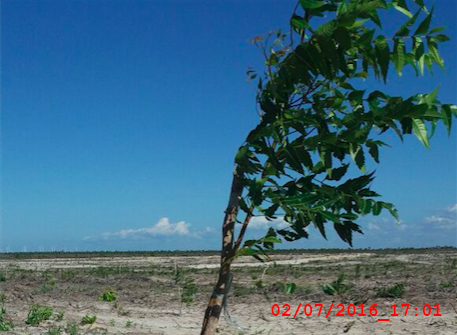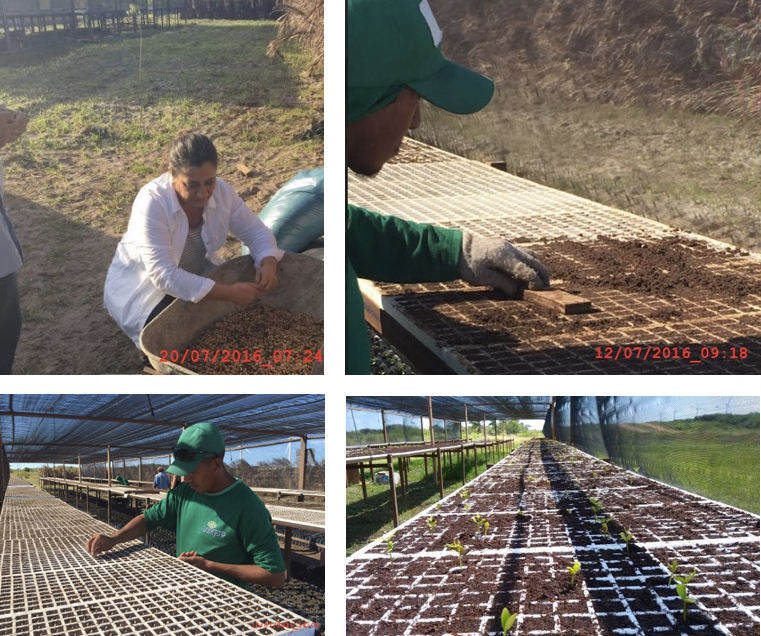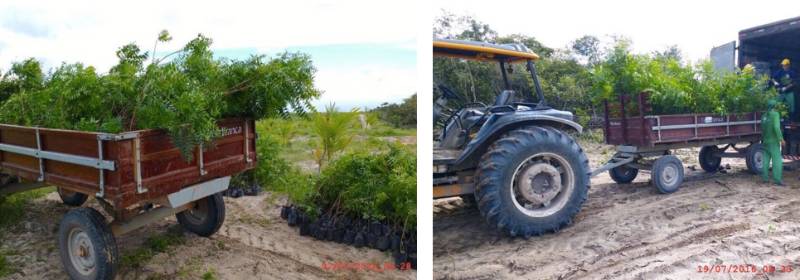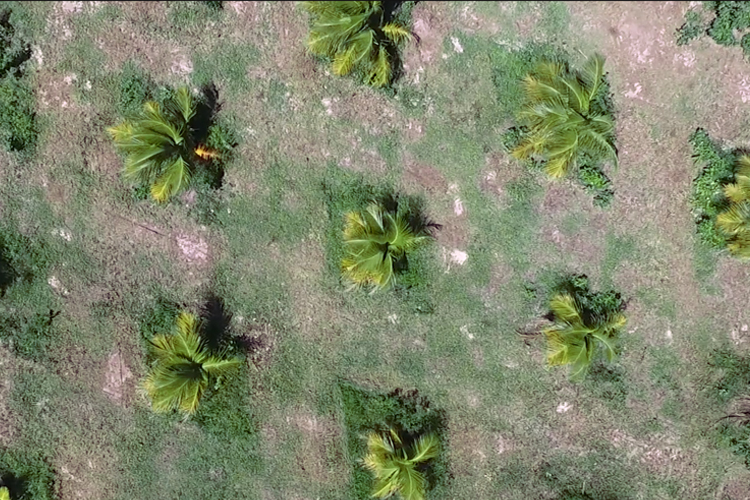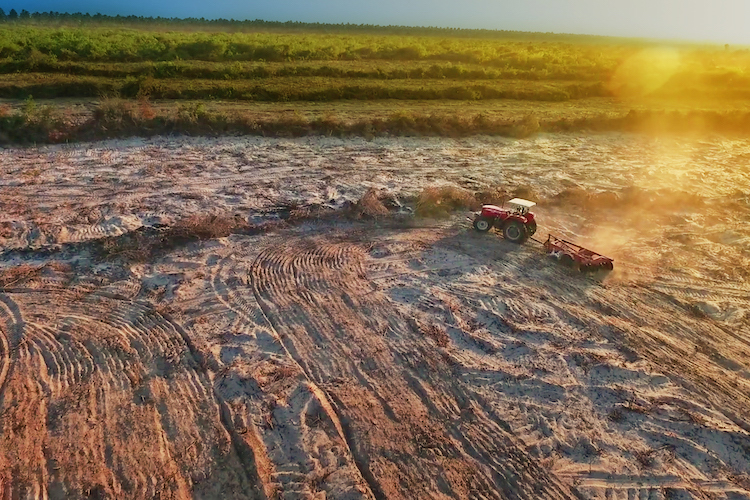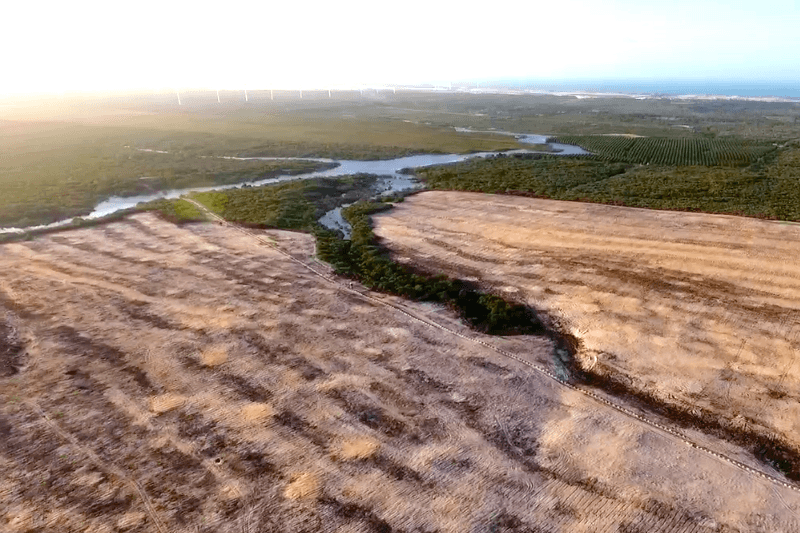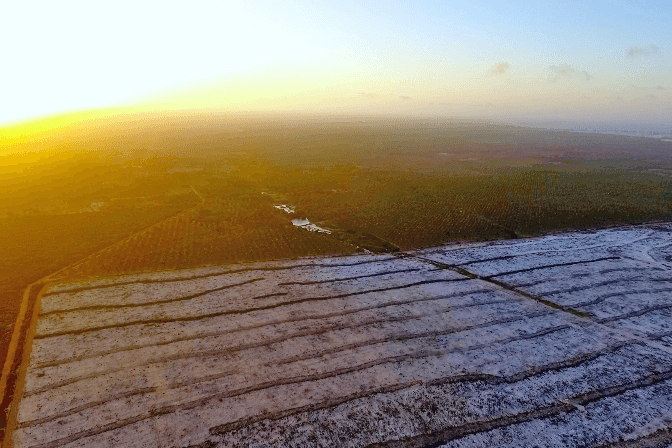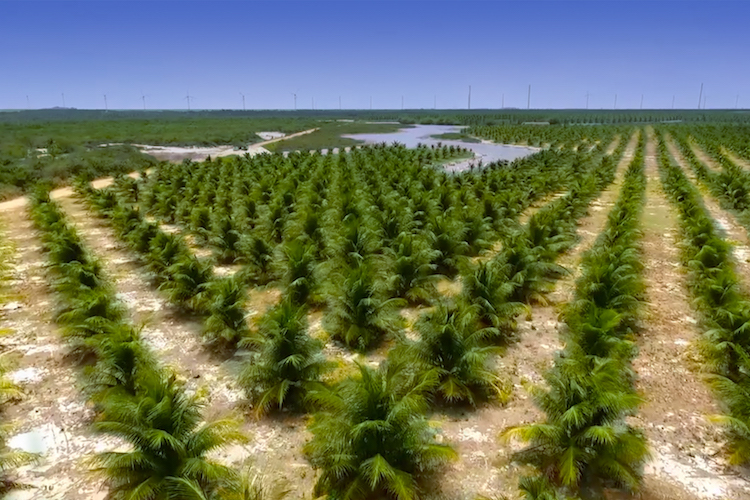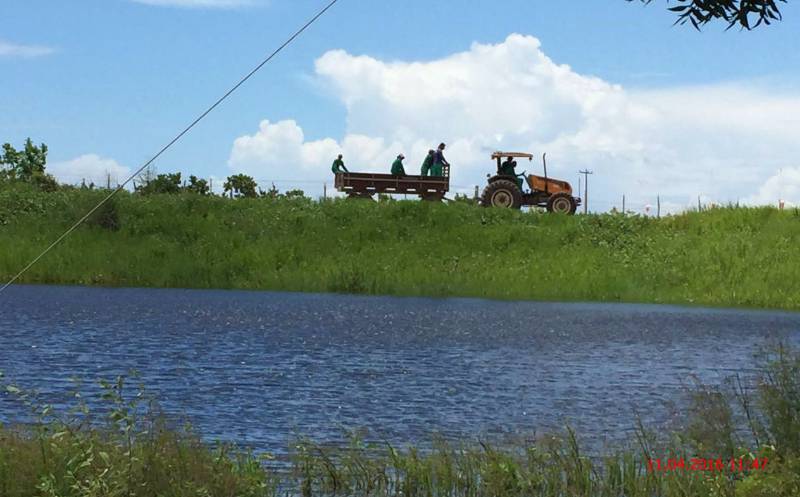August 4, 2016
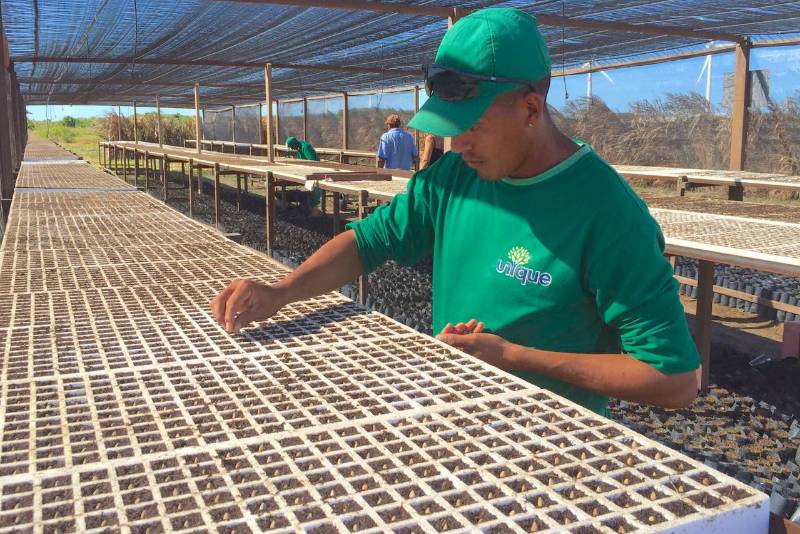
When managing agricultural farmland in tropical climates, the summer months are typically dedicated to crop care specifically tailored for the drier season while preparations for the next phases of planting are catalyzed by anticipation of the oncoming rains. With neem, the tree’s unique characteristics and efficient planting cycle, combined with the very latest methodologies in agro-ecology utilized across our projects, now enables us to progress with planting even during the driest periods of the year.
The following update will focus on the specific procedures necessary for such a game-changing method in modern agriculture.
With the ability to plant this incredible evergreen tree during the summer months, we are able to further expedite the current phase of planting that will see just under 300,000 neem trees across 700 hectares of Fazenda Palmeira Grande and Fazenda Rio Grande. Traditionally, an unusual time for increased implementation activity in Brazil (due to the drier conditions of the season), our expert agronomy team has established a proven and effective system for planting neem year-round that will ensure environmentally safe, sustainable and productive yields for generations.
As we complete this current phase of planting, there are neem saplings developing at our nursery that will be transferred onto the plantation in the next. Come rain or shine, the production cycle of developing sapling and planting neem will more than keep up with the exciting rate of project expansion seen on the ground.
A New Generation of Neem Saplings Developing at our Nursery
While we continue expanding the scale of our projects and now that the next phases of planting on Fazenda Palmeira Grande and Fazenda Rio Grande are well underway, the following generation of seedlings has arrived at the nursery for initial care and development in their soil cells. Offering the capacity to develop over 72,800 neem seedlings at any one time, sourced from the highest performing trees in the region, this section of the plantation represents the very first step of neem’s long and fruitful life cycle.
Agronomists utilize every harvest as an opportunity to determine the healthiest and highest yielding trees in order to acquire their seedlings for the next generation. By selecting optimal quality seedlings we are minimizing risk and maximizing the yield potential and life span of the neem trees on our plantation right from the offset.
We then ensure that each individual seedling in the nursery receives the upmost care and attention necessary for the greatest potential of productivity.
After the seeds germinate, which usually takes up to three weeks, they are placed in grow bags filled with the nutrients necessary for optimal growth. These nutrients are derived from fertile soil mixed with chicken manure, coconut shell powder and organic material recycled from the land clearance of previous phases of planting. The seedlings are then carefully nurtured by our specialist agronomy team for up to a year before they can be transferred onto the field for planting. By aligning ourselves through mutually beneficial cooperation and inviting neem experts and consultants to our plantations on a remunerated regular basis, we ensure that our workers receive the very best training in neem care and management across all stages of development.
Preparing the Soil for Planting Neem in Dry Season
By applying technical knowledge specific to each pest and disease, alongside an expert understanding of the nutrients necessary for optimal crop development in the field, we formulate the most effective blend of natural pesticides and fertilizers for use on our plantations. This holds especially true for our latest phase of planting neem and you can learn about the specific process of preparing the soil in our previous update – Neem’s Journey from the Nursery to our Plantations.
Now that this year’s rainy season has come to a close, we have finalized the implementation of our newly developed irrigation systems across Fazenda Rio Grande and Fazenda Palmeira Grande. Now fully operational and at full capacity, we have the infrastructure and water reserves securely in place to provide nutrition and sustenance for our neem trees throughout the drier climates expected in the region over the next three months. Rather than waiting until the rainy season to progress with the next phases of planting neem, the standard in agriculture for a variety of different crops, we will continue rolling out on this phase of implementation throughout the year.
Summer planting begins with creating a foundation of fertilizer that is derived from organic compost, limestone, gypsum and reactive phosphate. The material is placed in the cradle of each tree and an extra layer of topsoil is then added to protect the mixture from any adverse external conditions.
The next step is the most important for planting during the dry season and involves the use of a plant gel polymer applied during planting that retains water and nutrients around the root base. This gel releases the water and nutrients into the root system over a longer period of time and therefore serves as an additional reserve of water and nutrients during the drier months of the year. This gel releases moisture into the surrounding soil at the base of the tree in stages, eliminating loss through evaporation and drainage, keeping the plants healthier and more vibrant during the initial and most important stages of development.
Leaves Blossoming Already Across Fazenda Rio Grande and Fazenda Palmeira Grande
Post planting, neem trees (as with most saplings) go through a brief period of stress while the tree fights to take root in its permanent home, but once the roots take hold and start to soak up the natural fertilizer and water, they begin to recover and then to produce more foliage. It is greatly rewarding for us and our agri teams to see that Neem leaves have blossomed in a matter of months at Fazenda Rio Grande and Fazenda Palmeira Grande, as ever more plentiful shades of green appear across these sections of the plantation from the previous phases of planting earlier this year.
2016 has been a year of rapid development for our projects as we continue to develop and implement the very latest methodologies of sustainable and productive agriculture. We have successfully acquired the appropriate licensing for our continued neem expansion, which has assured the prompt commencement of our consecutive phases of implementation. With an increasingly efficient and knowledgeable team and expansion in our equipment, guided by the latest innovations in agro ecology wherever possible, we strive to develop the most efficient and environmentally friendly plantations within reach. As we clear more land and plant more trees, while practicing the best methodologies of sustainable crop care and protection, we strengthen our vision of long-term, sustainable and appreciating assets. Rather than a complex and risky financial instrument, we are managing a fundamental asset – agricultural farmland – that will produce valuable crops that are harvested on a regular basis. What is more, we are creating fundamental change in how we operate as a species, by solving mankind’s greatest challenge; feeding an exponentially growing global population.
Adding an extra layer of security by implementing the most effective infrastructure across our plantations and utilizing the very latest technologies in sustainable agriculture, we are in a great position as co investors in the project for optimal yields and profits that will last for generations. Commencement of a further 10km (6.2 miles) of road network, construction of new tractor housing on both FPG and FRG, the build of new plantation based offices and dormitories for our agronomists and visiting experts, has commenced and will be featured in our next update entitled “Necessary Infrastructure Expansion to Manifest An Agri Movement”.
